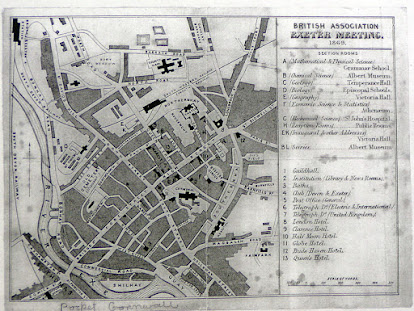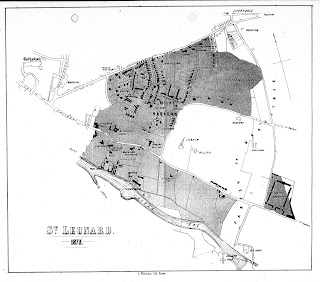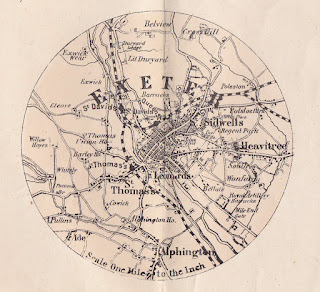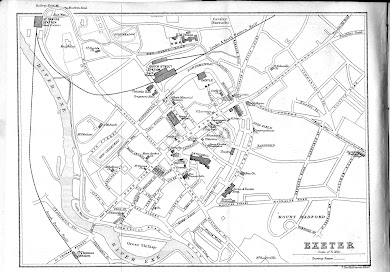
41. John Murray I 1863 The late 1830s had seen the introduction of the handbook or guide book and the prominence of the two publishing houses who would dominate the British market for guidebooks throughout the Victorian era: Murray ( Handbook ) and A & C Black ( Guide ). Murray´s first map of Exeter appeared as early as 1863 but it would not be until 1881 that A & C Black included a plan in their guide (49). John Murray (1778-1843) started the famous series of red-bound guides in 1836 but it was his son, also John, who produced the first county guide; A Handbook for Travellers in Devon & Cornwall was first published in 1850. The early editions did not include any town maps, but the 5th edition of 1863 included a map of Exeter. In the 9 th edition of 1879 the map was replaced by one by Edward Weller (see 48). Title: EXETER Size: 125 x 100 mm but no scale. No signature and










